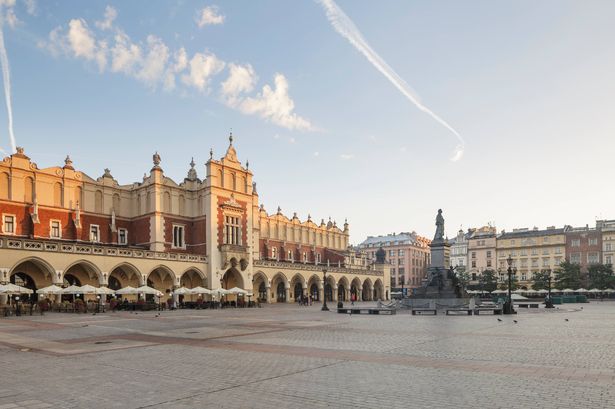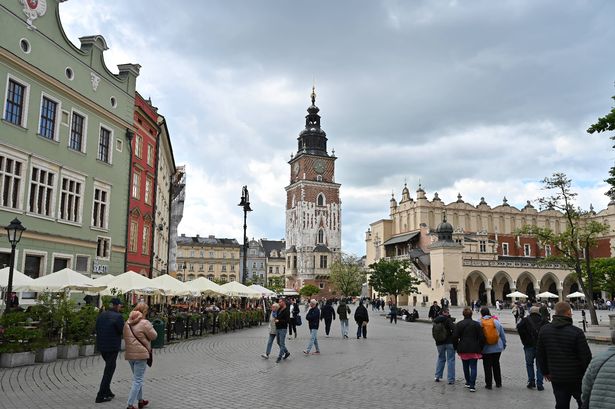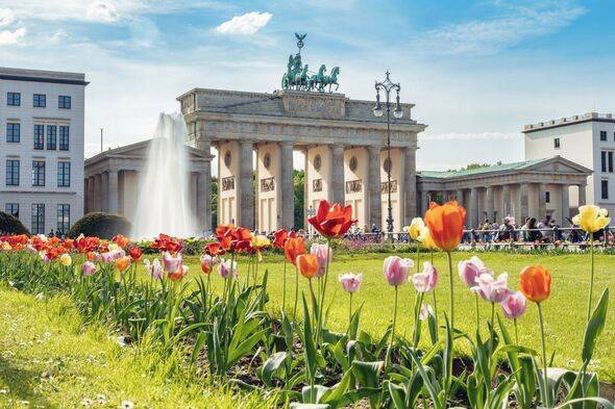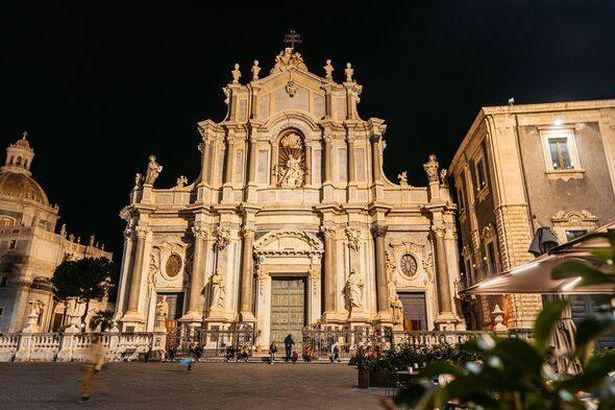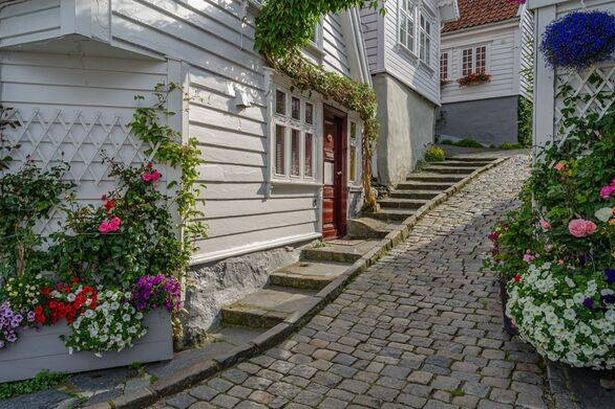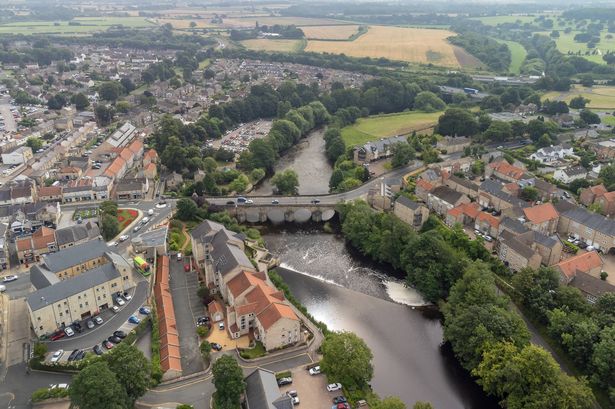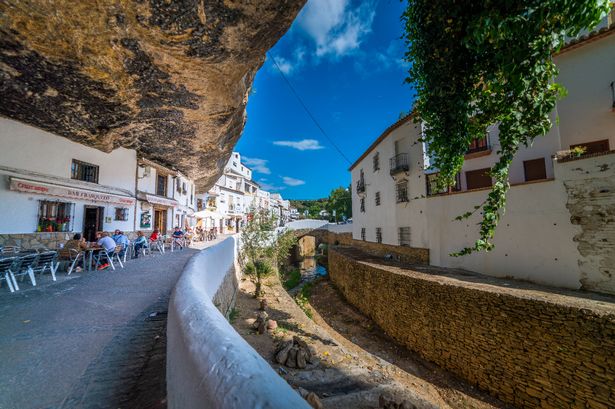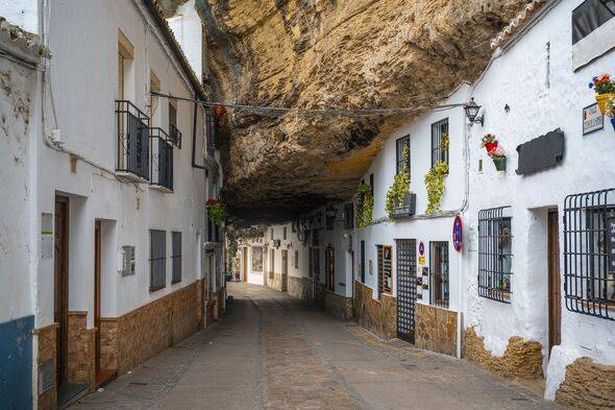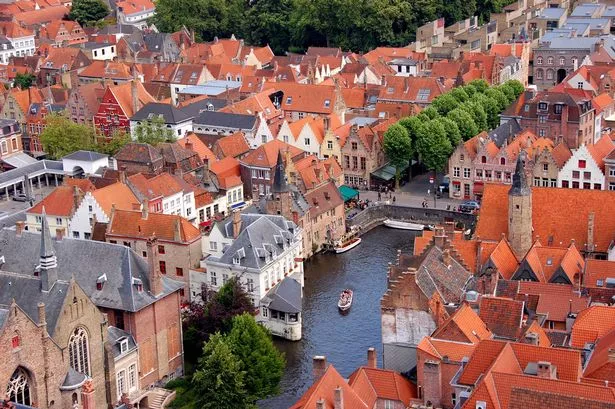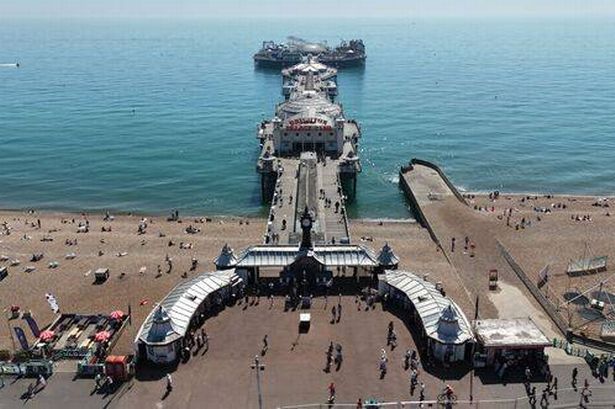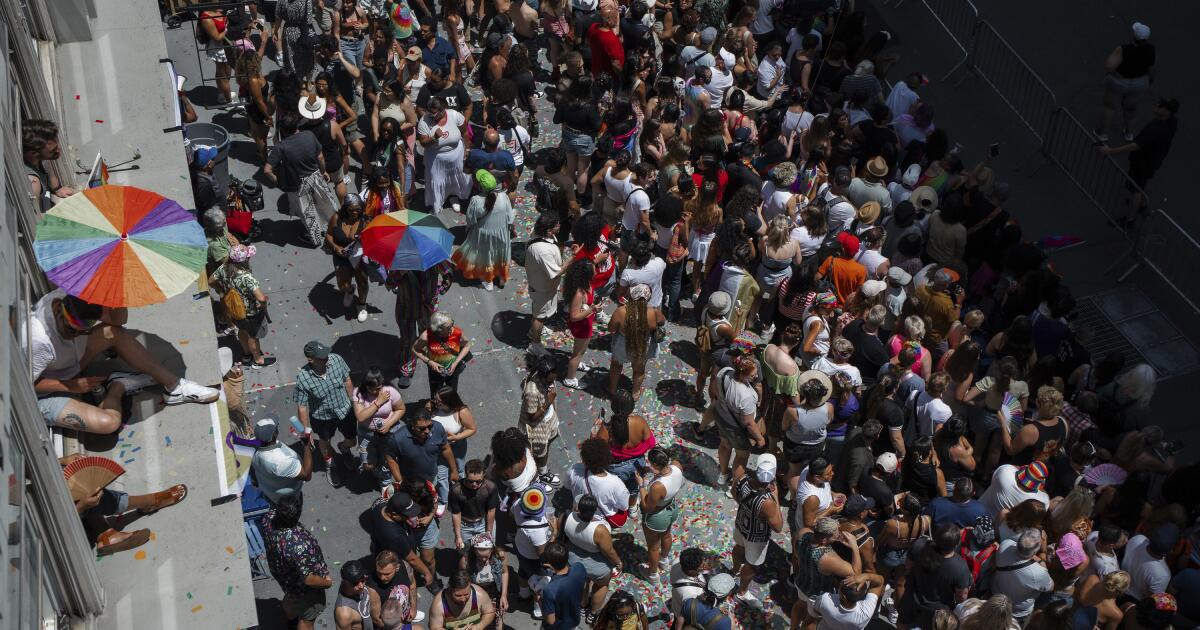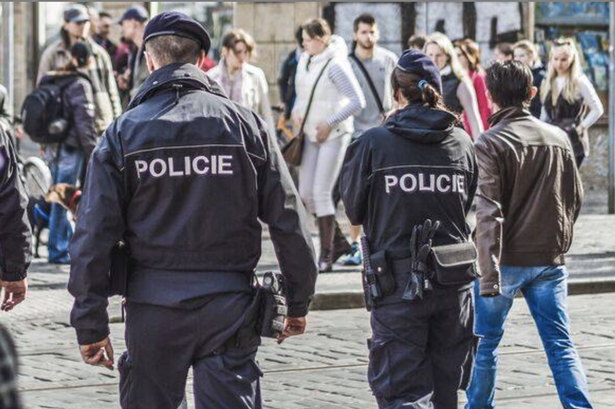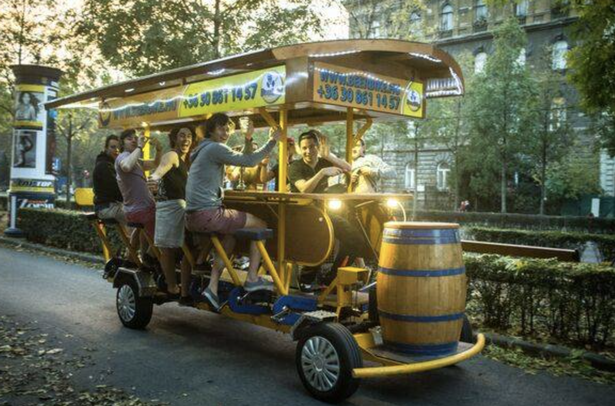Kraków, Poland, is one of Europe’s cheapest cities to visit for a city break, and it’s only a short flight away from the UK.
I’ve enjoyed city breaks in various European countries, including Belgium, Germany, and the Netherlands. However, my recent trip to Kraków, Poland, was truly unforgettable. The affordability of the journey and the city itself, coupled with its walkability, made it stand out. Unlike many European cities that necessitate trams, trains or metros for getting around, Kraków was refreshingly different.
Plus, it’s less than a two-hour flight from London. Once the capital of Poland, Kraków is so compact that the only transport I needed was the train from the airport to the city centre. Beyond this, everything was within a 20-minute stroll from the main square.
Kraków had been on my travel wishlist for five years due to its stunning architecture and rich history, reports the Express.
My primary reason for visiting was an excursion to Auschwitz to learn about the Holocaust, so I didn’t have high expectations for city exploration.
However, as I wandered around, I kept discovering hidden treasures, and I fell in love with the city.
From the market square known as Rynek Glowny to the Wawel Royal Castle, all the key sights were just a short walk away from each other.
The square is home to the Cloth Hall, a trading centre from the Renaissance period, and a Gothic church dating back to the 14th century.
Planty Park and the remnants of the medieval city walls encircle the city. The park offers such serenity that it hardly feels like you’re in a city, and it provides easy access to almost everything.
The architecture is truly stunning, with a fusion of historical styles adorning well-maintained streets.
The Jewish quarter is another must-see, boasting a variety of historical synagogues, museums, art galleries, as well as unique restaurants and bars.
When it comes to food, there’s an endless array of both Polish specialities and other European cuisines.
I was pleasantly surprised by how affordable it was – a chicken burger and chips cost around £8, Polish dumplings were just £3 to £4, and the most delectable spaghetti carbonara was only £9.
While drinks, particularly cocktails and alcoholic beverages, were slightly pricier, they were still considerably cheaper than in other cities I’ve visited, such as Berlin and Copenhagen.
I wholeheartedly recommend a weekend trip to Kraków, whether you’re seeking culture, history, or simply relaxation.
